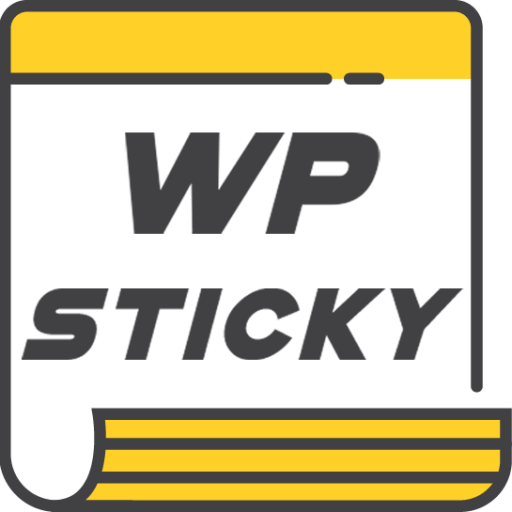The world of product development is constantly evolving, and staying ahead of the curve is crucial for companies looking to bring innovative and successful products to market. One key aspect that is becoming increasingly vital in this process is 3D product rendering. This preliminary step in the development cycle plays a pivotal role in visualizing and refining product designs before they go into production, helping to avoid potential pitfalls and ensure the final product meets the highest standards.
Importance of 3D Rendering in Product Development
A product visualization agency is critical to the new product development (NPD) process. By creating detailed 3D product renderings, companies can understand how the item looks, functions, and interacts with its intended environment. This allows for early identification and resolution of design flaws, ultimately leading to cost-effective and time-efficient product development. Investing in product 3D rendering services enables companies to make informed decisions, streamline production, and deliver superior products to their customers.
The Consequences of Skipping 3D Rendering
When companies forego the 3D product rendering process, they open themselves up to many potential pitfalls. Real-world examples abound of failed product launches due to a lack of preliminary visualization. Design issues can go unnoticed without a 3D product model to reference until the product reaches the manufacturing stage, leading to costly reworks, delays, and, in some cases, even product recalls. Skipping this vital step can have far-reaching consequences, impacting everything from customer satisfaction to a company’s overall reputation.
How Lack of Visualization Leads to Miscommunication
Effective communication is essential throughout the product development lifecycle, but misunderstandings can quickly arise between key stakeholders without 3D product rendering services to serve as a common point of reference. For instance, the marketing team may have a different vision of the final product than the design or manufacturing departments, leading to conflicting priorities and a disconnect in the development process. This lack of alignment can result in wasted time, resources, and a subpar product.
Financial Pitfalls of Skipping 3D Rendering
The financial risks associated with bypassing 3D product rendering services are considerable. According to a recent industry report, companies that fail to incorporate this step can face up to 30% higher costs due to product recalls, wasted materials, and additional labor required to rectify design flaws. These expenses can quickly add up, eroding profit margins and straining the organization’s financial health.
Design Flaws That Go Unnoticed
Without the benefit of a 3D product visualization, companies risk overlooking a range of critical design issues that can compromise the final product:
- Ergonomic flaws: Improper ergonomic considerations can lead to user discomfort and dissatisfaction.
- Mechanical failures: Mechanical potential problems may go undetected, resulting in product malfunctions or breakdowns.
- Aesthetic misalignments: Subtle aesthetic discrepancies between the intended design and the final product can negatively impact the user experience.
Customer Dissatisfaction and Brand Damage
The consequences can be severe when companies skip the 3D product rendering process and launch products with unresolved design flaws. Customers quickly voice their frustrations; poor product quality can lead to negative reviews and a damaged brand reputation. In today’s highly competitive and interconnected marketplace, customer satisfaction is paramount, and a single product failure can have far-reaching implications for a company’s long-term success.
How 3D Rendering Can Prevent Product Failures?
By embracing 3D product visualization services as a critical step in the product development cycle, companies can mitigate the risks associated with product failures and ensure they deliver high-quality, innovative products to their customers. Visualizing and refining designs before production allows for early identification and resolution of potential issues, ultimately leading to cost savings, time efficiencies, and a superior end product that meets or exceeds customer expectations.
Conclusion
The importance of incorporating 3D product rendering cannot be overstated in the dynamic world of new product development. Skipping this vital step can expose companies to a range of financial, operational, and reputational risks, jeopardizing the success of their products and the longevity of their brand. By embracing 3D product visualization as a standard practice, organizations can unlock the full potential of their product development efforts, delivering innovative, high-quality offerings that delight customers and drive long-term growth.
Author:
Aimee S. Marshall
Aimee is a seasoned digital artist and design enthusiast who is passionate about creating stunning visuals. With over a decade of experience in 3D rendering and design, she has worked on projects spanning various industries, from architecture and interior design to product visualization and advertising. Aimee shares her expertise and insights through writing, mentoring, and speaking engagements, aiming to inspire others in the dynamic world of 3D rendering and design.
